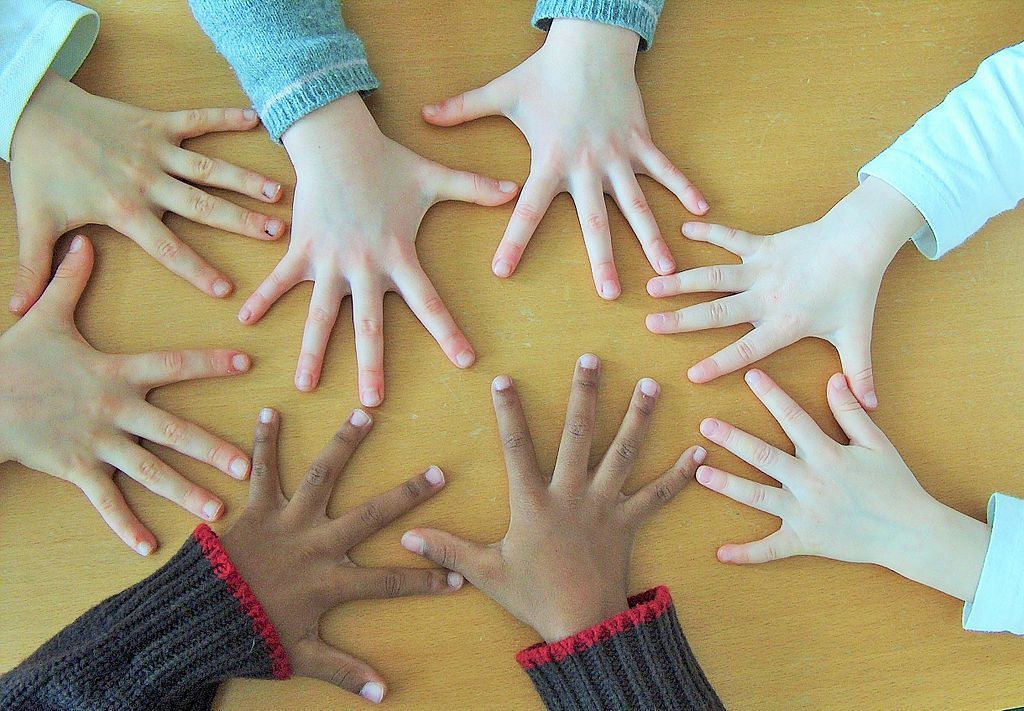
7 September 2022
We humans are gifted with opposable thumbs inherited from ancestors who lived in the trees. We can firmly grasp and manipulate objects of many different shapes and our hands are very precise at gripping.
A thumb is called “opposable” when the joint allows a rotary movement that swings the thumb on its own axis to face and touch the fingertips. In North America there is only one other mammal with this feature and the thumbs are on its back feet, not the front.
In the photo below the Virginia opossum’s (Didelphis virginiana) opposable back thumb grasps the branch: four toes on one side of the branch, one toe on the other.
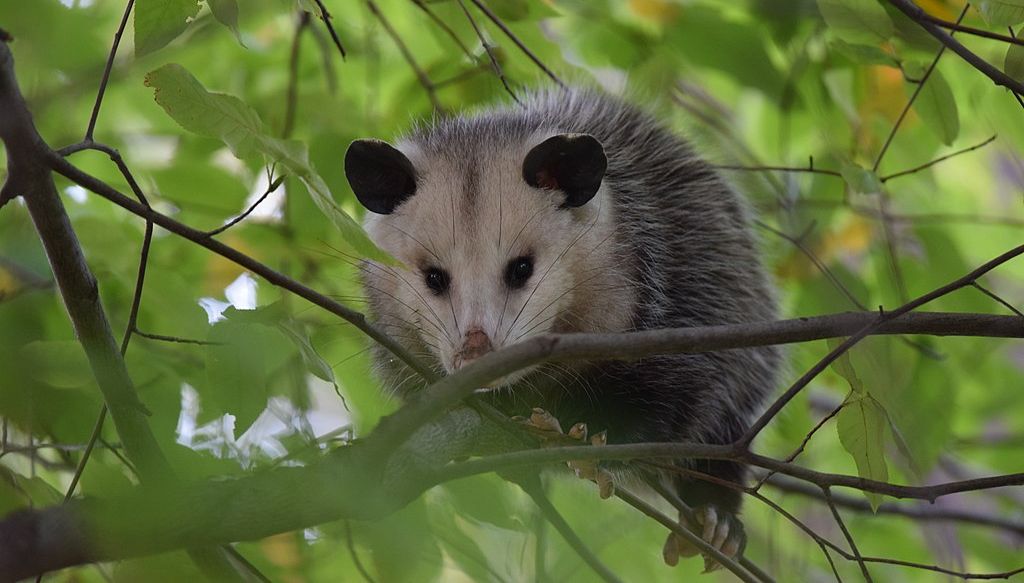
You can see it in this skeleton …
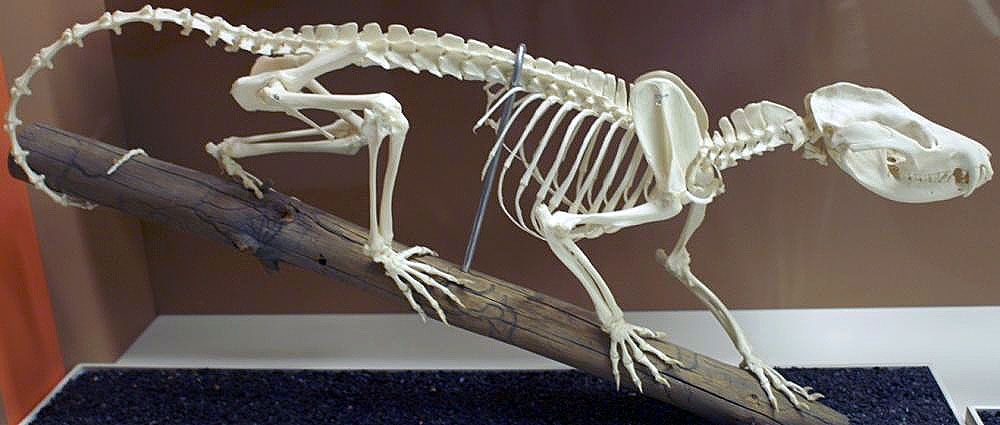
… and on the possum’s hind foot with its relatively large thumb pad.
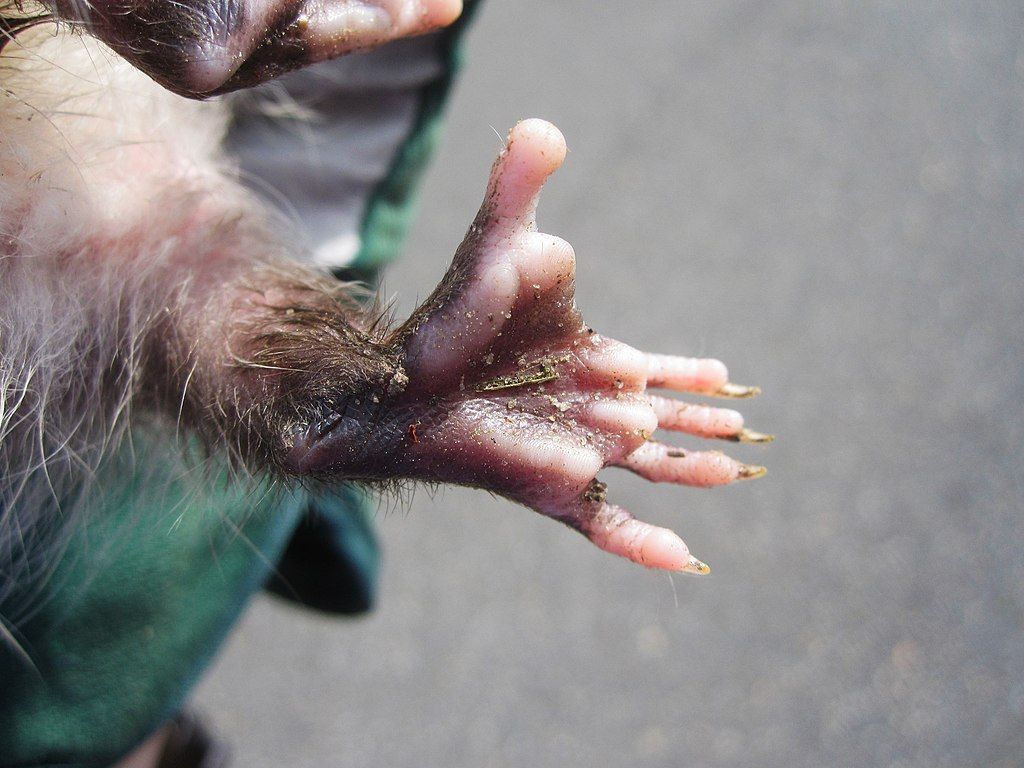
The straight-toed front feet and opposable-thumb back feet make the opossum’s tracks look like paint splats.
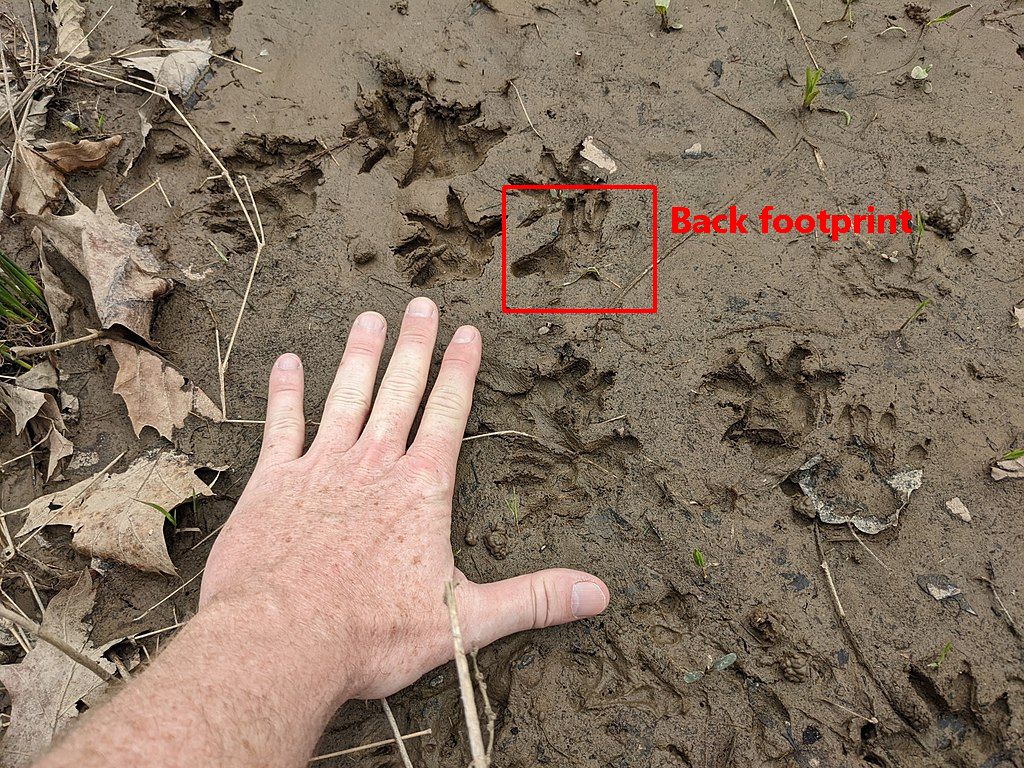
And before we adjourn, let’s lay a misconception to rest.
Squirrels and raccoons do not have opposable thumbs.
I was surprised by this for raccoons (Procyon lotor) because their paws are so dexterous. However none of the raccoons’ paws has a toe with a separate hinge. Their paws are flat.
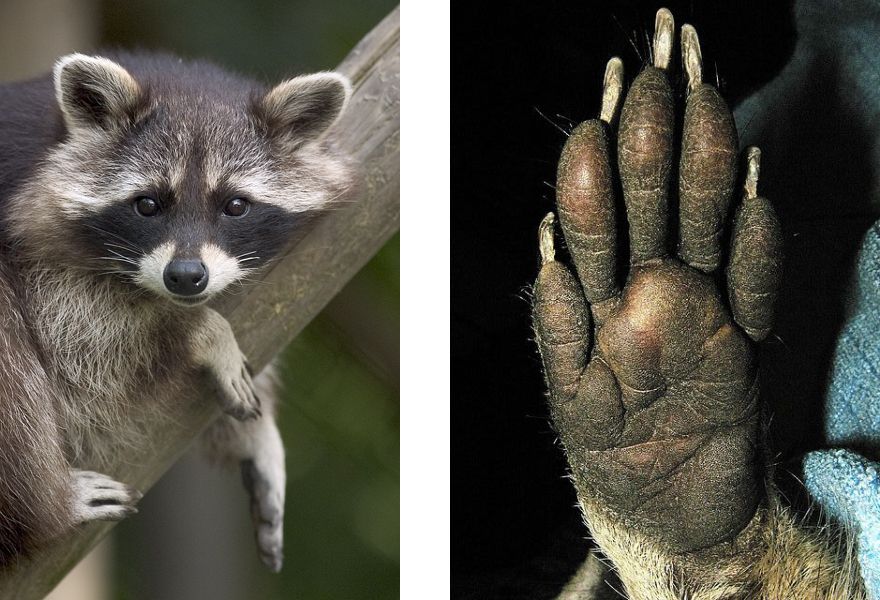
You can see this in their footprints.
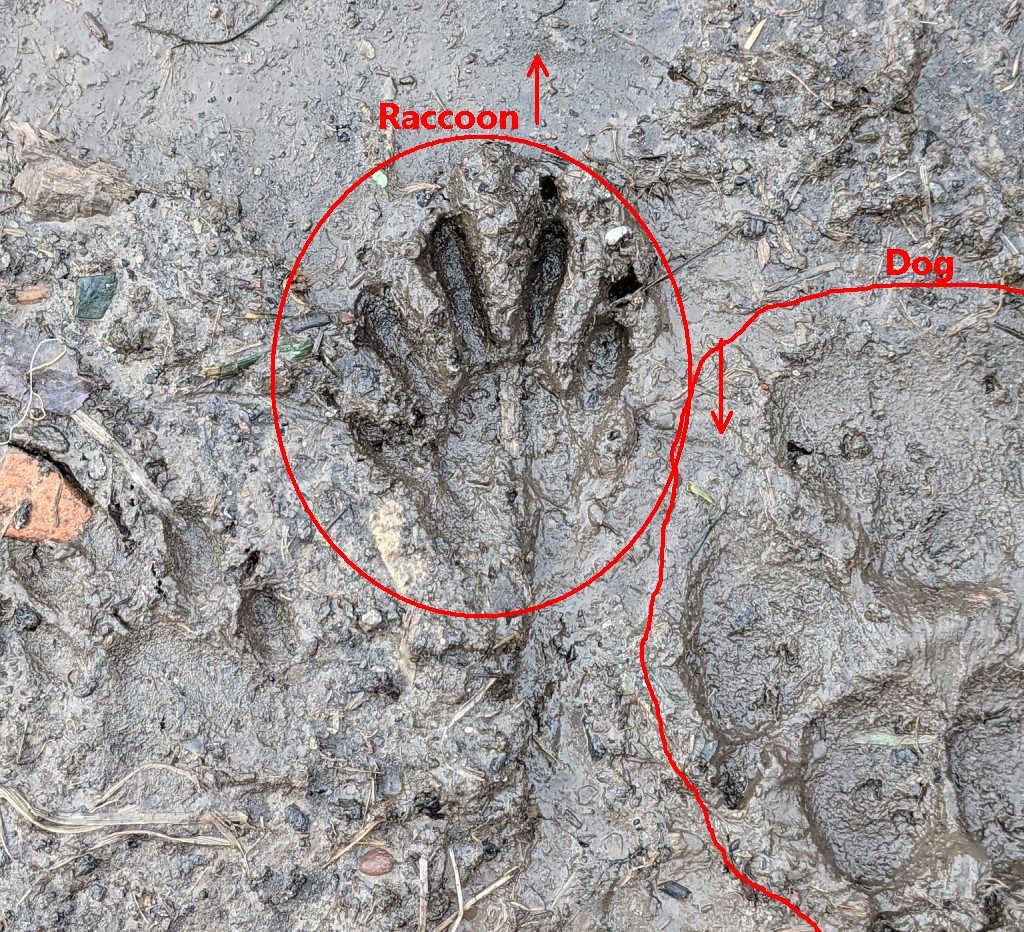
So.
We have something vaguely in common with Virginia opposums.
(photos from Wikimedia Commons and by Kate St. John; click on the captions to see the originals)